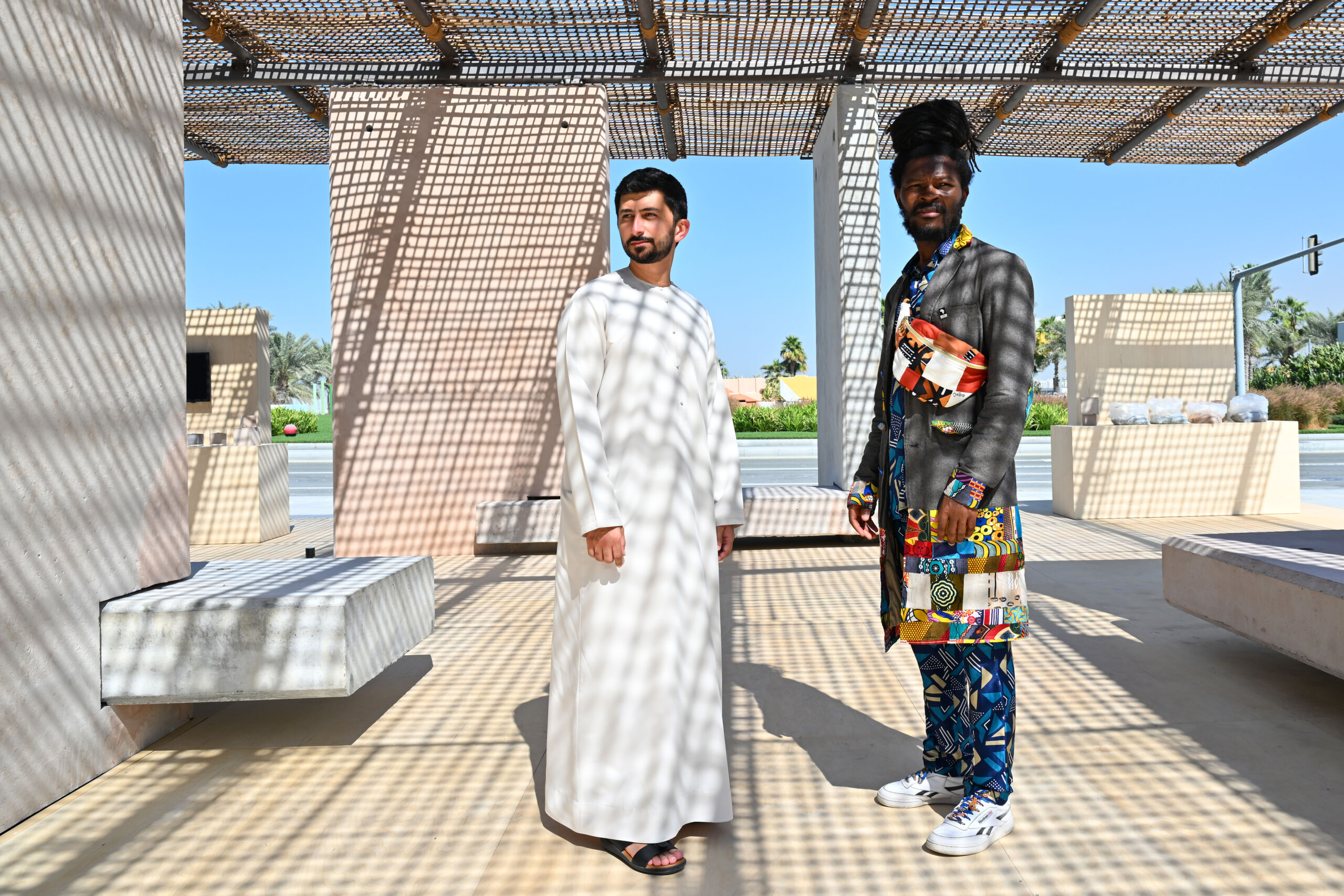
Inspired by his childhood growing up in traditional clay-brick and cement houses in Togo in West Africa, inventor and Co-Founder of Oxara, Dr. Gnanli Landrou, has developed a sustainable construction-binder with technology transforms construction-waste into alternative-cement material that is more sustainable than regular cement, potentially helping to lower construction-industry related CO2 emissions by up to 90% compared with the traditional cement-making process.
Dr. Gnanli, 35, unveiled the art installation, STOOT, at Dubai Design Week, which took place from 5-10 November at the Dubai Design District (d3).

The installation was created in collaboration with MULA Design Studio, a Dubai-based design practice founded by Emirati architect Abdalla Almulla. The piece has been crafted using Oxara’s eco-friendly materials, with the support of Ready Mix Beton, a regional leader in high-performing concrete-production. STOOT highlights how sustainable construction can be both innovative and aesthetically inspiring, symbolising a new era of more sustainable building in Dubai and around the world.

Prototypes for Humanity and Dubai Future Foundation Forge Partnership to Propel Innovations like Oxara
In 2023, Oxara featured in the annual Dubai-based exhibition of Prototypes for Humanity, a global programme convening and supporting academic talent working on tangible solutions for the world’s most pressing social and environmental challenges. Marking the programme’s tenth exhibition, a new milestone partnership between Prototypes for Humanity and the Dubai Future Foundation (DFF) – creating Dubai Future Solutions – Prototypes for Humanity – seeks to pave the way and offer research-backed innovations, like Oxara, unrivaled access to industry partnerships and help grow Dubai as a global innovation hub.

The Impact of Oxara’s Technology
Founded in 2019 by Dr. Gnanli and Thibault Demoulin, Oxara aims to revolutionize the construction industry by making sustainable and affordable housing a reality through groundbreaking material technology. Their patented technology utilizes construction waste or excavated material, eliminating the need for kilns or furnaces, and remains cost-competitive with regular cement.
The potential environmental benefits are substantial:
As the world grapples with environmental challenges, initiatives like the STOOT Pavilion offer a beacon of hope, demonstrating that sustainable innovation is not only possible but also essential for the future of construction and urban development.